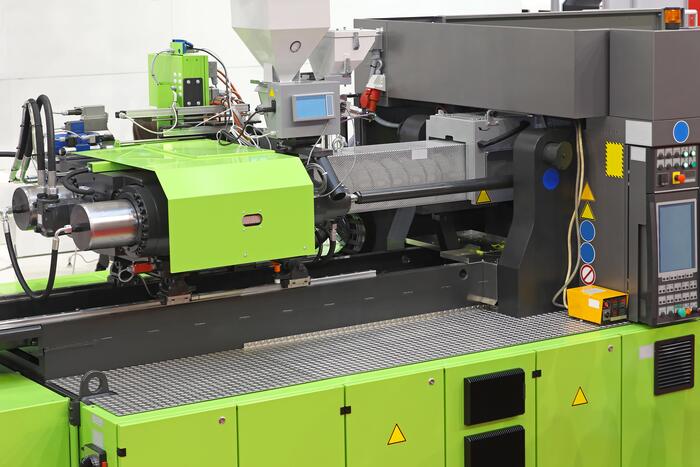Car bumpers, electrical housing panels, and computer and telecommunication equipment enclosures can all be produced with polyurethanes using the Reaction Injection Molding (RIM) technique. The RIM process typically involves the high-pressure impingement mixing of two liquid components which are then injected into a preformed mold. The components chemically react to form a polyurethane which takes the shape of the mold. The polyurethane may be a solid or foam and may be fiber reinforced (RRIM) or a structural composite (SRIM).
Adding design flexibility, the polyurethane RIM process produces parts that are usually not achievable using typical injection molding processes, such as thick and thin walled parts, encapsulated inners and foamed cores. The flowability of the liquid before reaction allows the moldability of intricate parts with detailed surface characteristics.
In addition to high strength and low weight, polyurethane RIM parts can exhibit heat resistance, thermal insulation, dimensional stability, and a high level of dynamic properties. Automotive, construction, appliance, furniture, recreation and sporting goods are a few of the markets and applications using RIM technology.

